Root canal system is a complex entity in itself. Success treatment of the root canal system depends upon the triad of thorough cleaning and shaping, disinfection & obturation up-to the […]
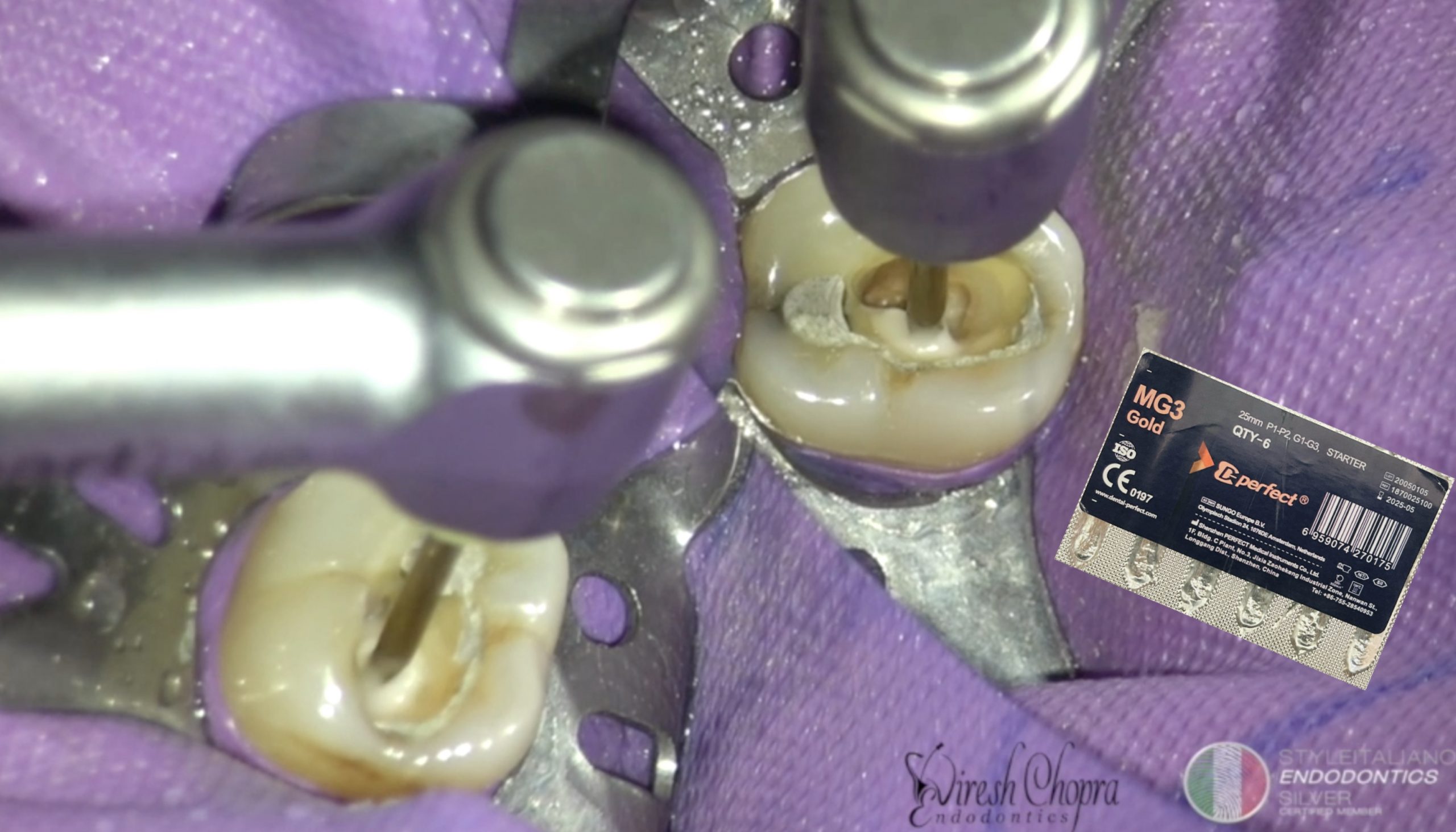 Endodontic Treatment of a Mandibular Second molar
Endodontic Treatment of a Mandibular Second molar
Root canal system is a complex entity in itself. Success treatment of the root canal system depends upon the triad of thorough cleaning and shaping, disinfection & obturation up-to the […]
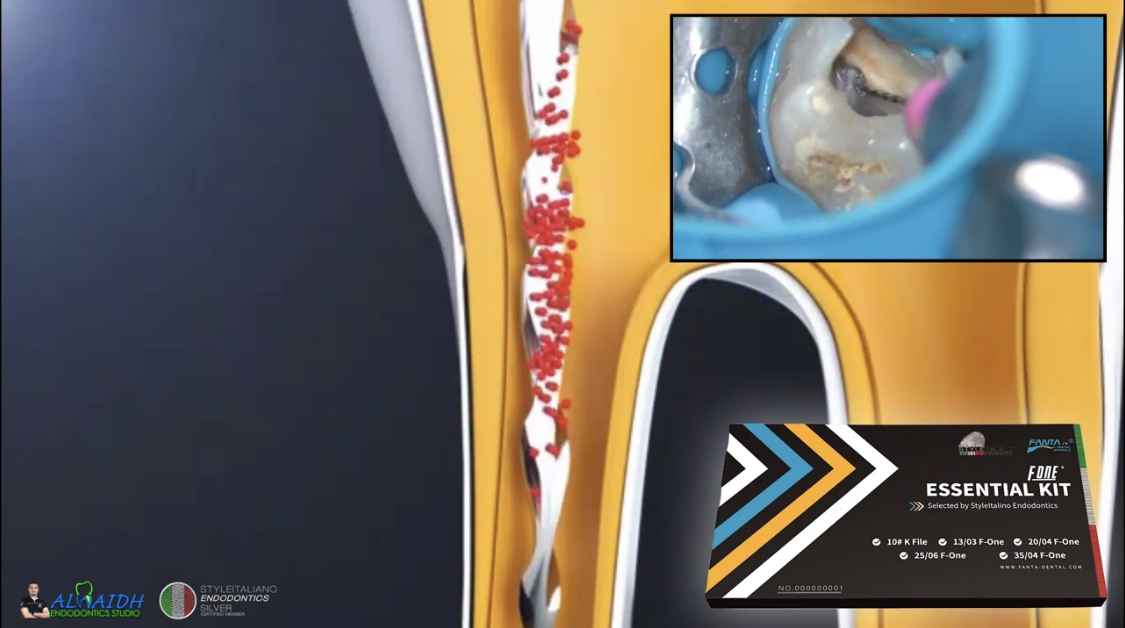 Mechanical bypass of separated instruments
Mechanical bypass of separated instruments
Check this case to see how it is possible to bypass separated instruments using FANTA Glider ST in reciprocating motion.
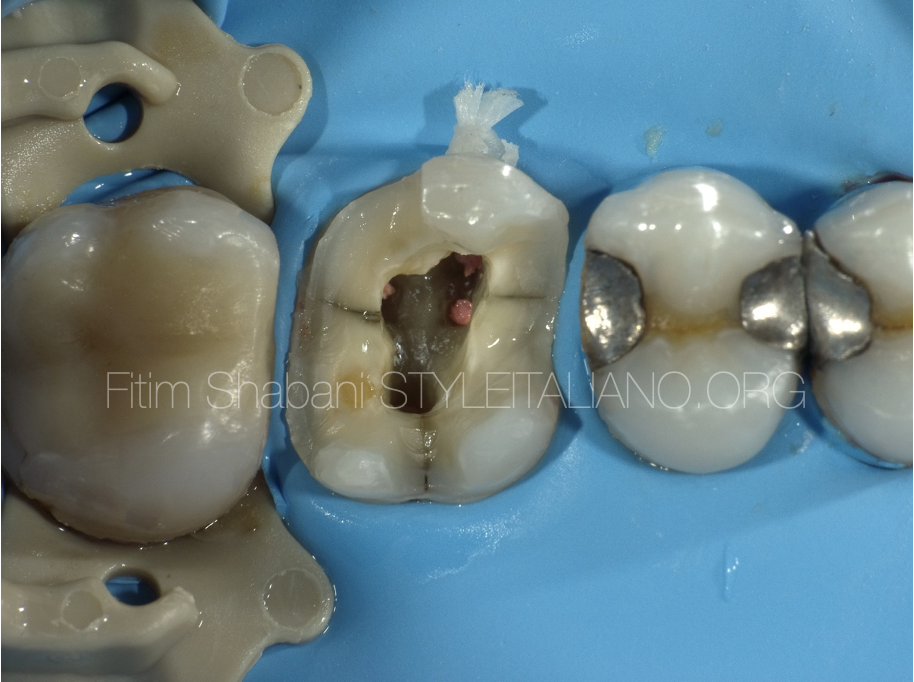 Treatment of a cracked tooth
Treatment of a cracked tooth
One of the most undesirable situations for us dentists is the diagnosis of cracked teeth, as well as their treatment. This happens because diagnosing tooth micro-fractures, which are usually invisible […]
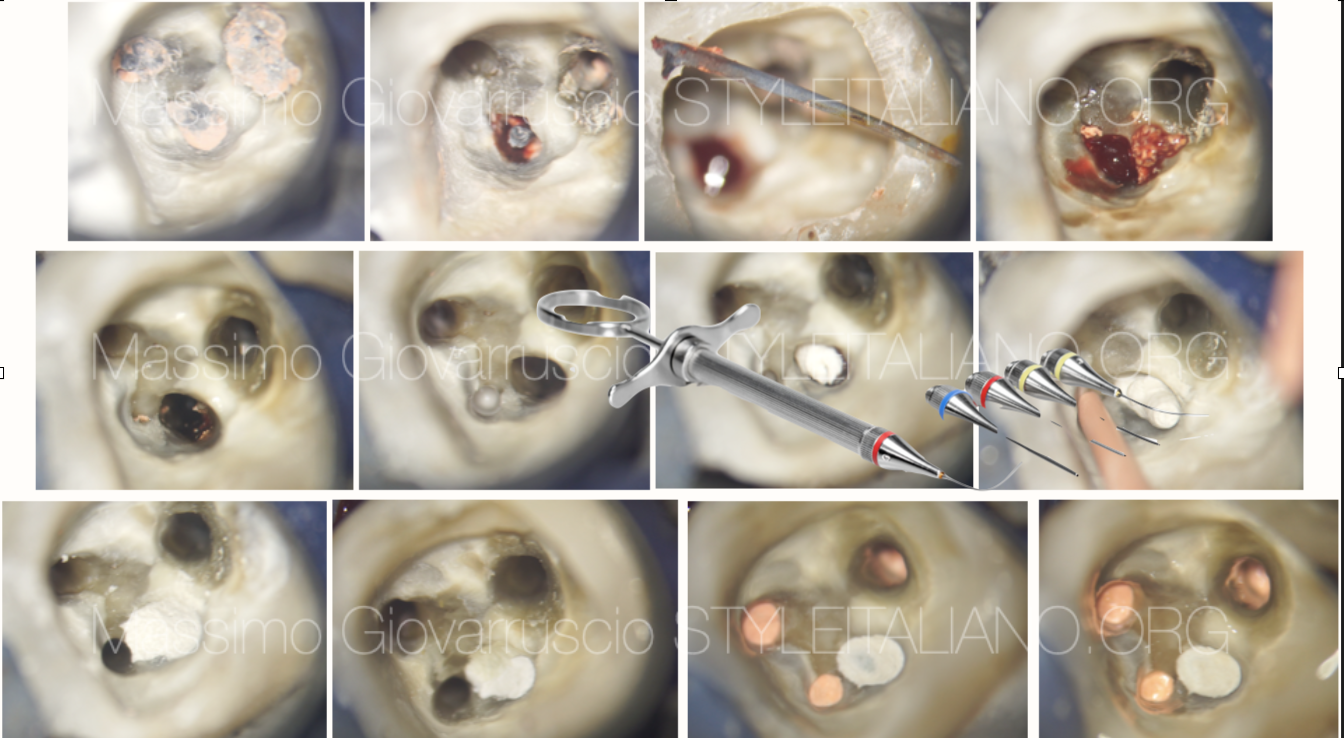 Lower second molar: carrier based obturation...through the furcation
Lower second molar: carrier based obturation...through the furcation
Perforations are defined as artificial communications between the root canal space and the surrounding tissues. Endodontic perforations represent an interruption of the continuum between the endodontic space and the periradicular […]
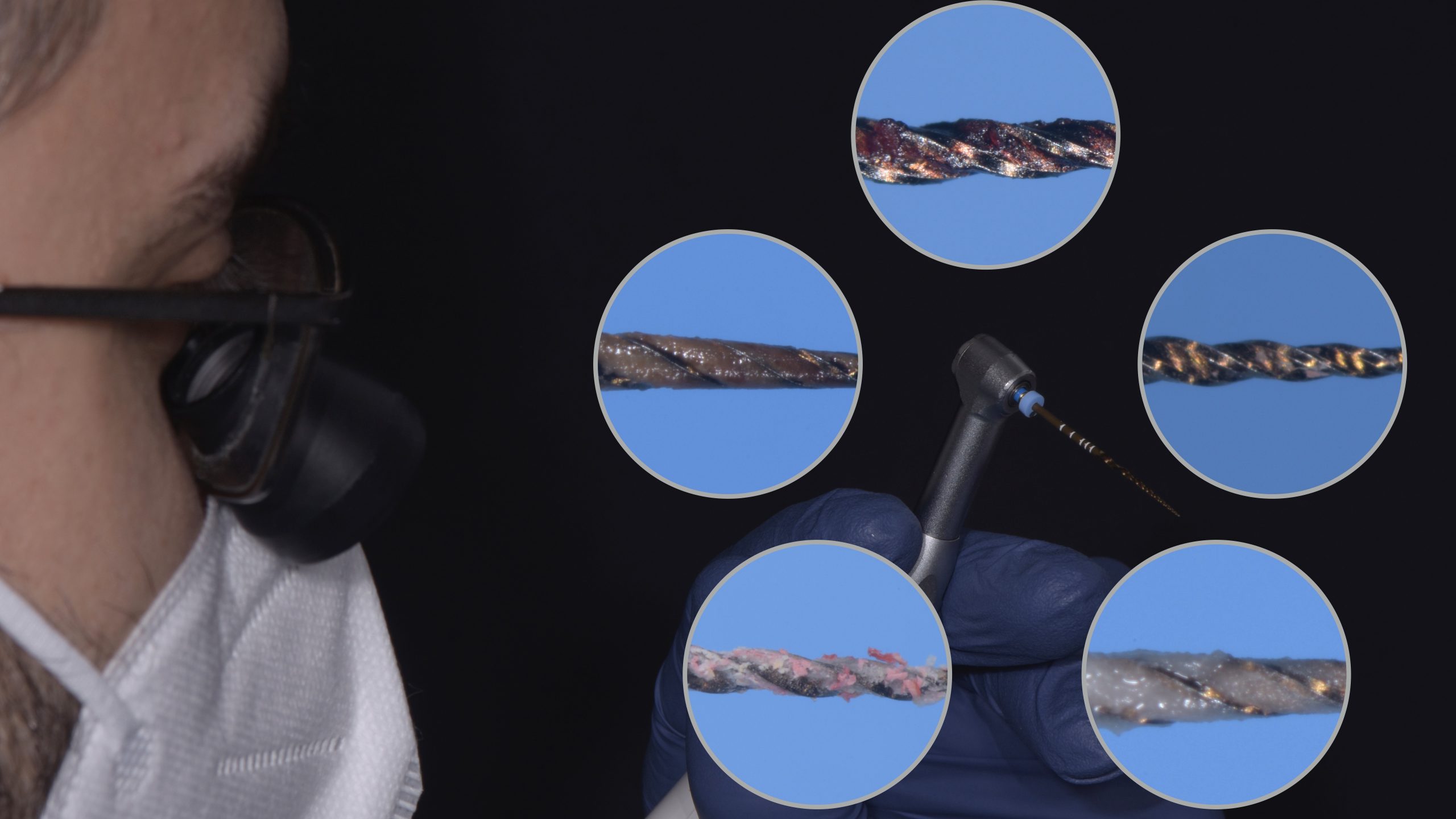 How to evaluate the debris on flutes
How to evaluate the debris on flutes
The primary objective of the entire root canal treatment procedure is to eliminate microorganisms and pathogenic debris from the root canal system and to prevent its reinfection: mechanical instrumentation accompanied by […]
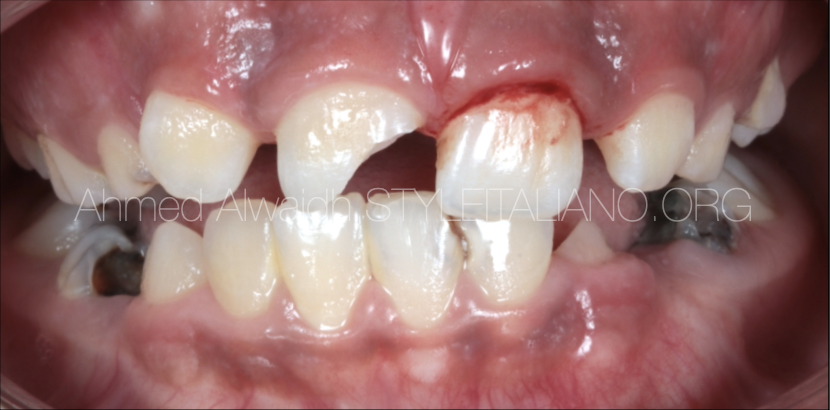 Vital Pulp Therapy: Part 1: Direct Pulp Capping for A Traumatic Exposure of Permanent Maxillary Right Central Incisor
Vital Pulp Therapy: Part 1: Direct Pulp Capping for A Traumatic Exposure of Permanent Maxillary Right Central Incisor
Pulp inflammation or exposure may occur as a result of many reasons like carries, trauma, or over-zealous preparation. However, if left untreated, this may lead to pulpits, pulp necrosis, and […]
 Mechanical Management of Calcified & Curved Apical Third of Upper Premolar
Mechanical Management of Calcified & Curved Apical Third of Upper Premolar
Calcified Canals always represent a challenge in root canal treatment, specially when the calcified canal is curved (either moderate or severe curvature). Once the case is identified as a calcified […]
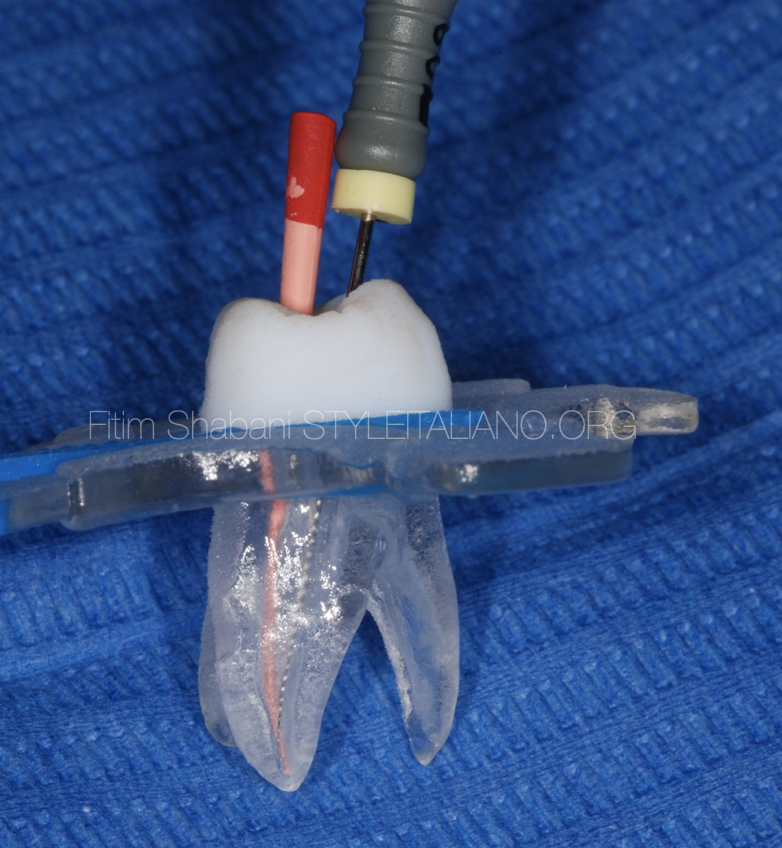 Endo-resto treatment. Management of confluent canals - Part II
Endo-resto treatment. Management of confluent canals - Part II
Case evaluation before treatment In endodontic treatments of teeth with more than one canal, we must allways think about the presence of possible confluences between the canals, there are several […]
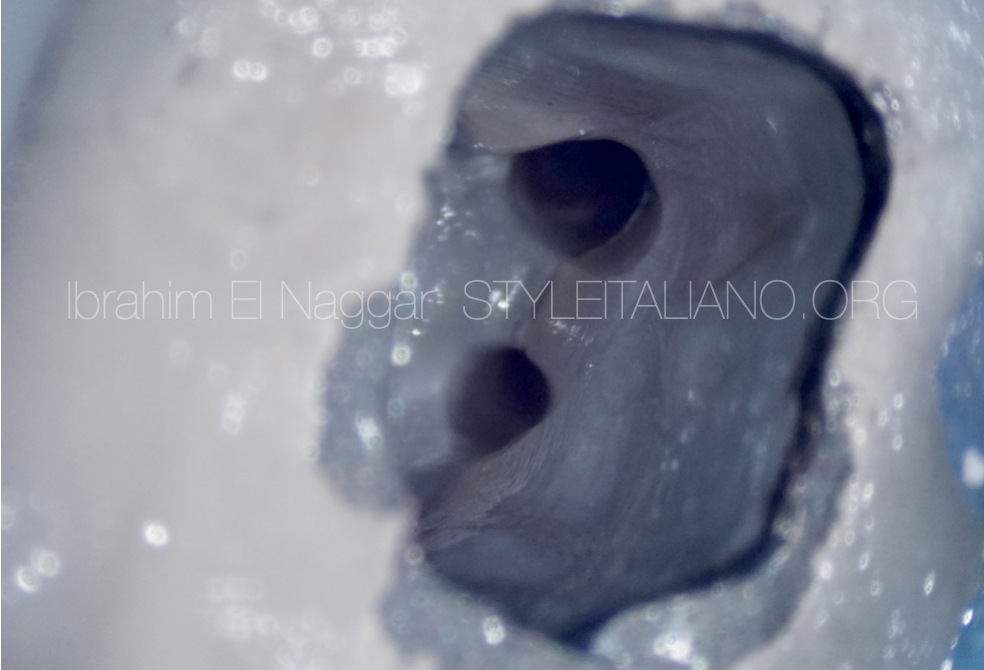 Retreatment episodes, series 1
Retreatment episodes, series 1
Root canal retreatment seems to be one of the biggest challenges in the Endodontic therapy, in the retreatment episodes we will review different scenarios with different cases. In Endodontics we are dealing […]
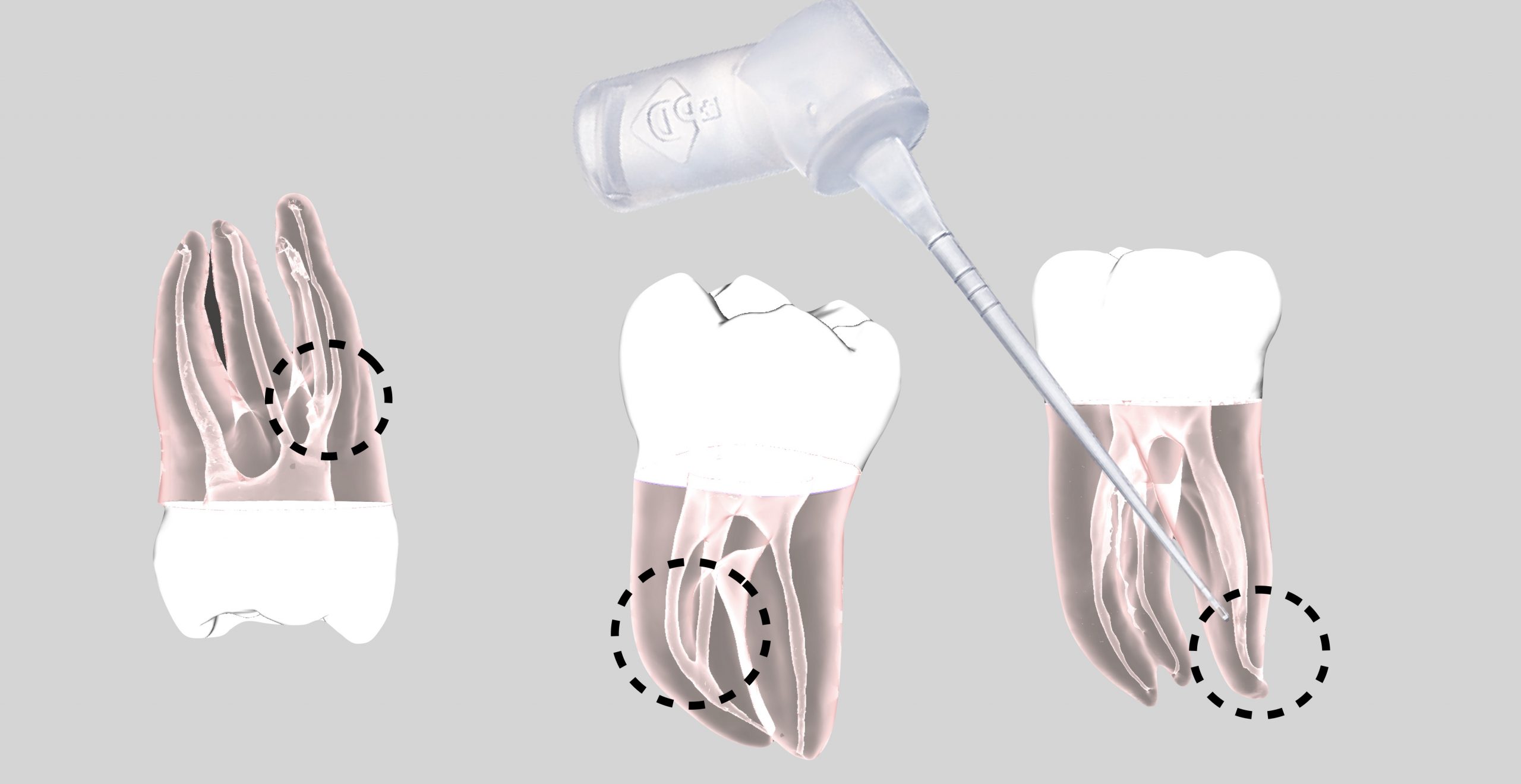 Does anatomy represent a limit for root canal disinfection?
Does anatomy represent a limit for root canal disinfection?
From a recent Randomized clinical trial (Comparison of the Effect of Two Endodontic Irrigation Protocols on the Elimination of Bacteria from Root Canal System: A Prospective, Randomized Clinical Trial) it was […]
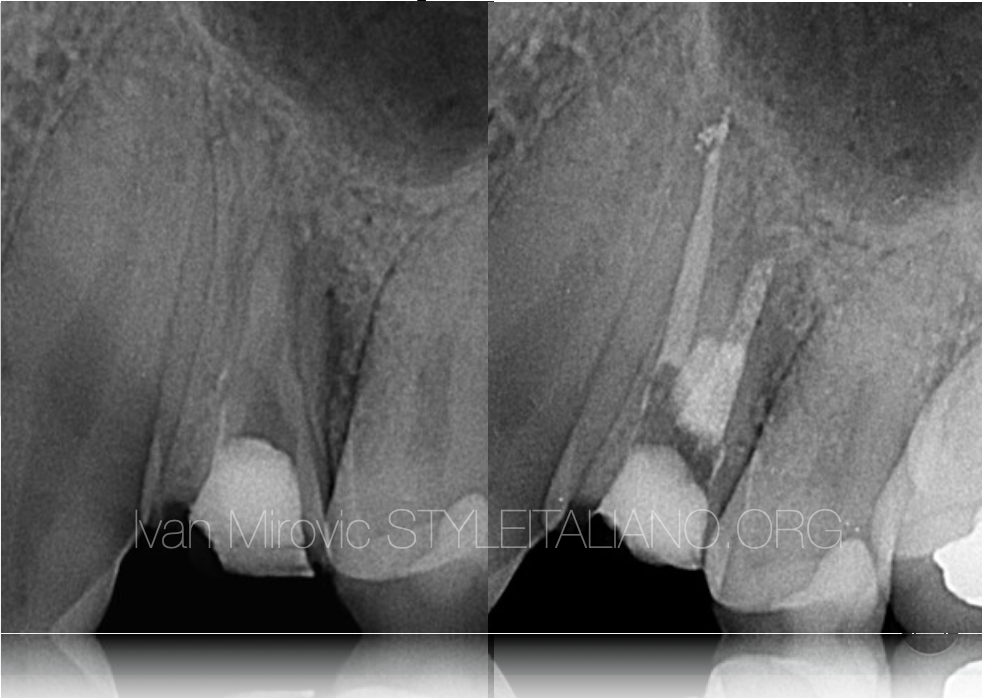 Saving hopeless tooth: case report
Saving hopeless tooth: case report
With introduction of mineral trioxide aggregate and other bioactive materials in endodontics possibilities of saving compromised teeth have improved significantly.
 Perforation repair: step by step
Perforation repair: step by step
A tooth perforation is a pathologic or iatrogenic communication between the root canal space and the periodontal apparatus. To clinically determine if an endodontically perforated tooth should be extracted or […]